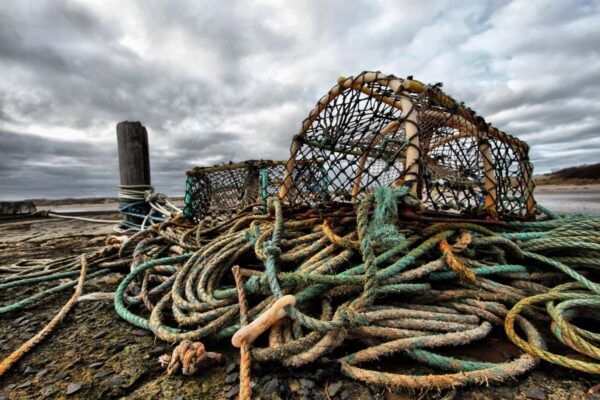Replacing meat with certain types of sustainably sourced seafood could help people to reduce their carbon footprints without compromising on nutrition, finds an analysis of dozens of marine species that are consumed worldwide.
The study, published on 8 September in Communications Earth & Environment, suggests that farmed bivalves — shellfish such as mussels, clams and oysters — and wild-caught, small, surface-dwelling (pelagic) fish, which include anchovies, mackerel and herring, generate fewer greenhouse-gas emissions and are more nutrient dense than beef, pork or chicken.
The research aimed to “do a better job of understanding the climate impacts of seafood through the lens of very diverse nutritional qualities”, says co-author Peter Tyedmers, an ecological economist at Dalhousie University in Halifax, Canada.
The findings echo those of previous studies, including work by members of Tyedmers’ group that focused on seafood consumed in Sweden. This time, the researchers wanted to include a more diverse, global range of seafood, says Tyedmers.
‘Blue’ diet benefits
Food production accounts for roughly one-third of global greenhouse-gas emissions, mostly of methane and carbon dioxide. More than half of those emissions are driven by livestock farming. Plant-based diets offer one lower-impact alternative to eating meat, but solutions tend to overlook the benefits of seafood-based, or ‘blue’, diets, the study says.
Using 41 seafood species, the researchers established a nutrient-density score that accounted for essential nutrients, such as certain fats and vitamins. The species surveyed included farmed and wild-caught fish, crustaceans, bivalves and cephalopods (the group that includes octopus and squid). The team then used available emissions data for 34 of those species to compare their nutrient density with the emissions associated with their production or capture.
The authors note that their emissions data do not include ‘post-production’ emissions, such as those generated by refrigeration or transport.
The full news release from Nature can be read here.
The study, published in Communications Earth & Environment, can be found here.
